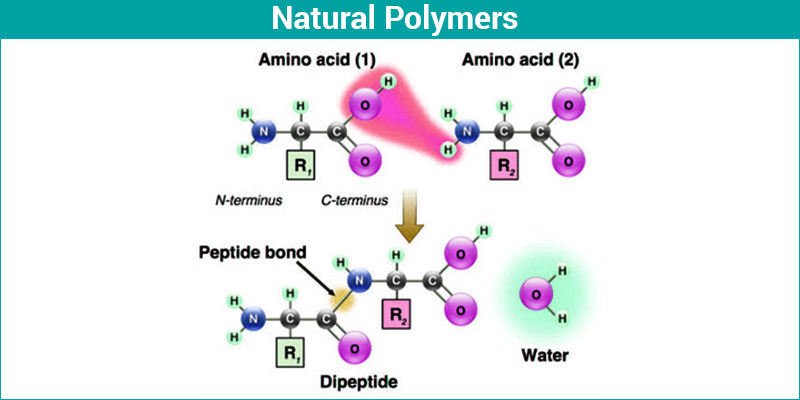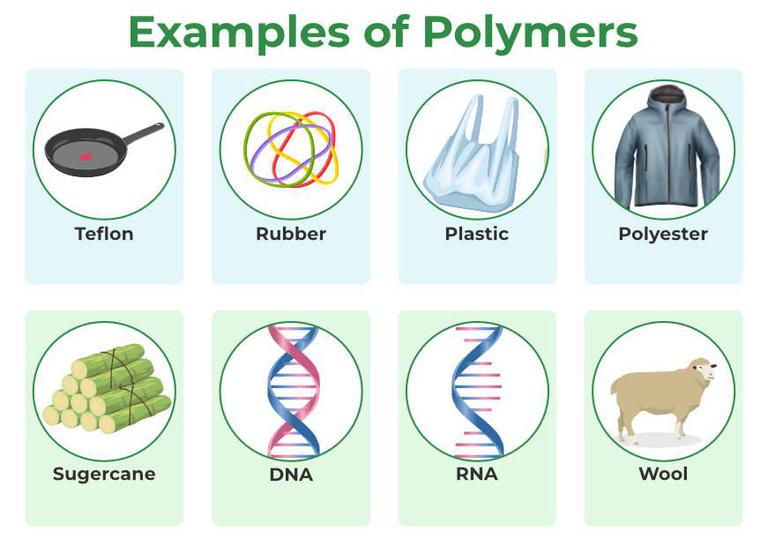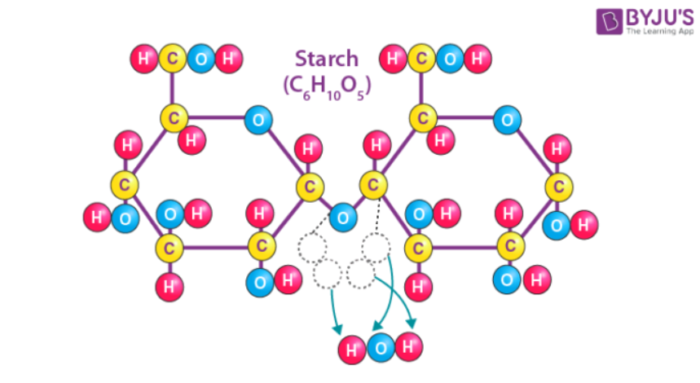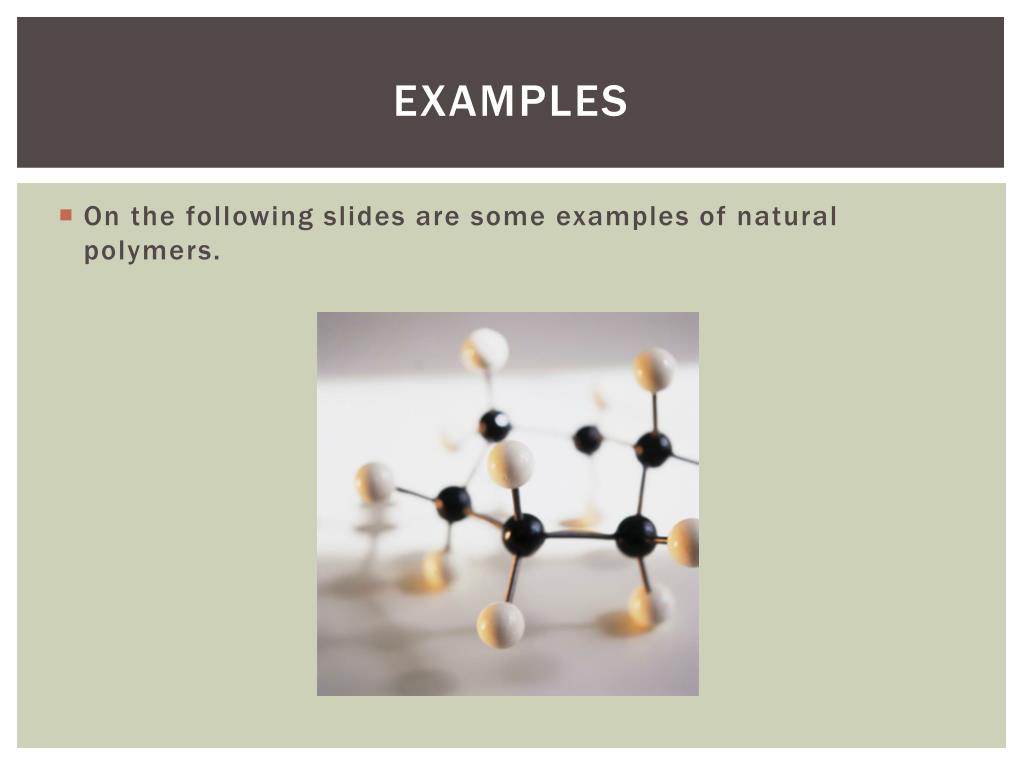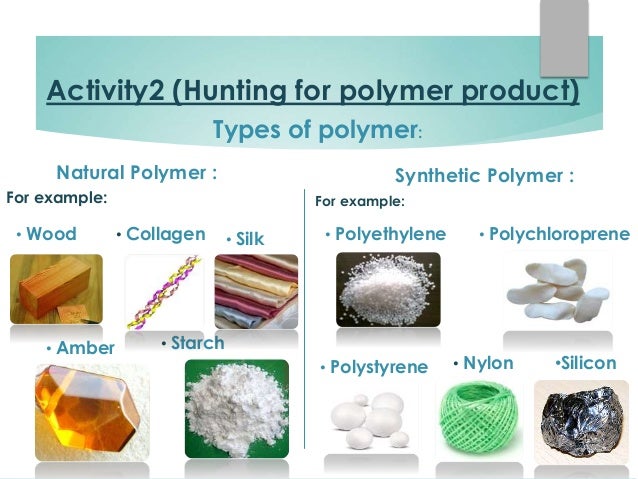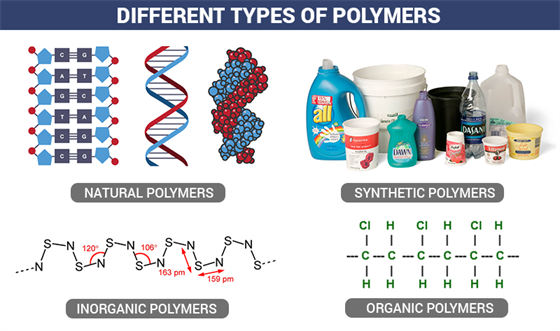Which Of The Following Is Natural Polymer

The question of what constitutes a natural polymer is more than just an academic exercise; it's a fundamental inquiry that impacts industries ranging from food science to biomedicine. As society increasingly seeks sustainable and eco-friendly alternatives to synthetic materials, understanding the origins and properties of natural polymers becomes ever more crucial. The rising demand for biodegradable and biocompatible materials drives this need, pushing researchers and manufacturers to explore the vast potential of nature's building blocks.
This article delves into the world of polymers, specifically focusing on identifying what qualifies a substance as a natural polymer. We'll explore several common examples, differentiate them from synthetic counterparts, and examine the implications of this distinction for various applications. The goal is to provide a clear and concise understanding of natural polymers, their sources, and their significance in a world increasingly conscious of environmental impact.
Defining Natural Polymers
A polymer, in its simplest definition, is a large molecule composed of repeating structural units called monomers. When these monomers are derived from naturally occurring sources like plants, animals, or microorganisms, the resulting macromolecule is classified as a natural polymer. This contrasts with synthetic polymers, which are created from petroleum-based or other chemically synthesized monomers.
The key distinction lies in the origin of the building blocks. Natural polymers are biosynthesized, meaning they are produced by living organisms. This biological origin often imparts unique properties, such as biodegradability and biocompatibility, which are highly valued in many applications.
Common Examples of Natural Polymers
The natural world is replete with polymers, each serving a specific biological function. Some of the most well-known and widely utilized examples include polysaccharides, proteins, nucleic acids, and natural rubber.
Polysaccharides
Polysaccharides, or complex carbohydrates, are polymers composed of sugar monomers. Starch, found in plants like potatoes and corn, is a primary example, serving as an energy storage molecule. Cellulose, the main structural component of plant cell walls, is another incredibly abundant polysaccharide, providing rigidity and support to plant tissues.
Chitin, a polysaccharide found in the exoskeletons of insects and crustaceans, as well as the cell walls of fungi, is another significant example. It's often processed into chitosan, which has a wide range of applications in biomedicine and agriculture.
Proteins
Proteins are polymers composed of amino acids. These complex molecules perform a vast array of functions within living organisms, from catalyzing biochemical reactions (enzymes) to providing structural support (collagen).
Collagen, the most abundant protein in mammals, is a key component of connective tissues like skin, tendons, and ligaments. Silk, produced by silkworms, is another well-known protein fiber valued for its strength and luster.
Nucleic Acids
Nucleic acids, including DNA and RNA, are polymers composed of nucleotides. They are the carriers of genetic information in all known living organisms.
DNA (deoxyribonucleic acid) contains the genetic instructions for the development and function of living things. RNA (ribonucleic acid) plays a crucial role in protein synthesis and gene regulation.
Natural Rubber
Natural rubber is a polymer of isoprene, derived from the sap of rubber trees. Its elasticity and resilience make it invaluable in the production of tires, seals, and other flexible products.
While synthetic rubber is also available, natural rubber remains a significant resource due to its superior properties in certain applications. The cultivation of rubber trees and the processing of natural rubber are important industries in several tropical countries.
Distinguishing Natural from Synthetic Polymers
The primary difference between natural and synthetic polymers lies in their origin. Natural polymers are derived from living organisms, while synthetic polymers are synthesized from non-biological sources, typically petroleum-based chemicals.
This difference in origin often leads to distinct properties. Natural polymers are generally biodegradable and biocompatible, making them suitable for applications in food, medicine, and environmental remediation. Synthetic polymers, on the other hand, are often more durable and resistant to degradation, making them ideal for applications requiring long-term stability.
Applications and Future Directions
Natural polymers have a wide range of applications, from food packaging and pharmaceuticals to textiles and construction. The growing demand for sustainable and eco-friendly materials is driving increased research and development in this field.
Researchers are exploring new ways to extract, modify, and utilize natural polymers to create innovative products with improved performance and reduced environmental impact. This includes developing new bioplastics from starch and cellulose, creating advanced wound dressings from chitosan, and engineering protein-based materials for biomedical implants.
Looking ahead, the future of natural polymers is bright. As technology advances and environmental concerns intensify, the demand for bio-based materials will only continue to grow. The ongoing research and development efforts in this field promise to unlock the full potential of natural polymers, paving the way for a more sustainable and bio-based future.
+Which+of+the+following+is+not+an+example+of+a+natural+polymer.jpg)



